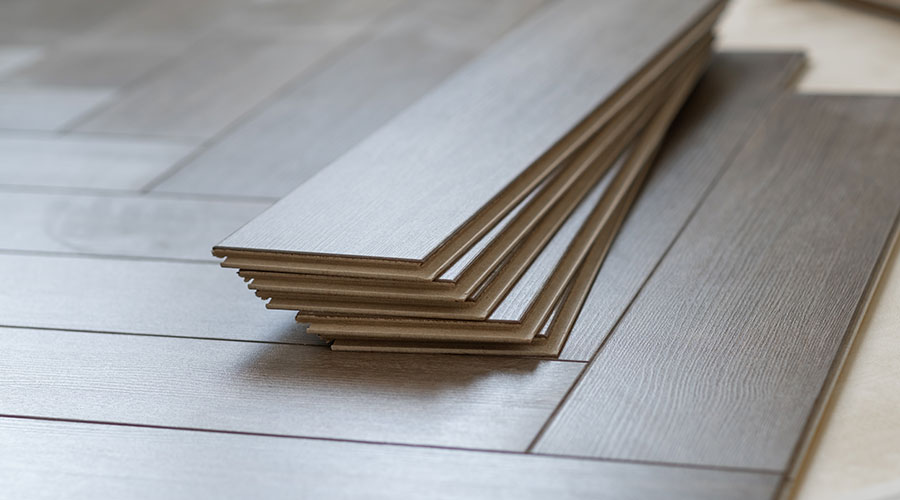Cool Roof Rebates Explained
As hard as the CFO might try, it’s just not possible to ignore a roof. In the long run, the roof will always make its presence felt, sometimes in very inconvenient ways — just ask the hospital that had its surgical suite damaged by a leaky roof.
It can be hard to win capital dollars for roofing even in the best of times (that hospital roof failed during a much stronger economy). But roofs in sad shape simply cannot be ignored. If a roof is already a candidate for replacement, re-covering or re-coating, savvy facility executives should go the extra mile and consider cool roofing options.
There are plenty of reasons why. For one thing, some utility providers offer incentives to spur users into purchasing cool roofing systems. The possibility of an incentive alone makes it worthwhile to look into cool roofing.
Of course, for facility executives in some areas, cool roofing may not even be optional anymore as local government bodies tighten up building codes to make buildings more energy efficient.
Whether a cool roof is mandated or not, a roof that’s both reflective and emissive can provide a range of benefits for the entire organization. A cool roof can significantly cut heating and cooling loads. It can also act as a shot in the arm for public relations efforts. And with President Obama promising tighter efficiency standards for buildings and a system to cap carbon dioxide emissions, cool roofs are one way facility executives can ready their organizations.
Finding Help
When it comes to justifying cool roofs in a tough economy, rebates from gas and electric utilities are among the surest bets. Generally speaking, the utilities pay back a certain percentage — usually about $0.20 on the dollar — after installation and documentation.
“Utilities are looking for ways that they can reduce capacity,” says William Kirn, chairman of the technical committee of the Cool Roof Rating Council. “It’s a form of demand-side management, since cool roofing has been shown to push back peak-demand energy use.”
Kirn says that facility executives need to be fleet-footed if and when they hear about utility incentives, particularly in light of today’s business climate.
“A couple of years back, one of the utilities in southern California was administering rebates for cool roofing and it didn’t take long for them to run out of money,” he says.
Organizations can also leverage their installation of cool roofing through tax rebates. In October of last year, President George W. Bush authorized the Emergency Economic Stabilization Act of 2008. Among the other legislation it contains, this law extends tax credits for use of ENERGY STAR-rated products — much like its predecessor — the Energy Policy Act of 2005 (EPACT).
Although the bill is largely focused on residential property, deductions are available for commercial buildings as well, according to ENERGY STAR’s Web site.
A tax deduction of up to $1.80 per square foot is available to owners or designers of new or existing commercial buildings that save at least 50 percent of the heating and cooling energy of a building that meets ASHRAE Standard 90.1-2001. Partial deductions of up to $.60 per square foot can be taken for measures that meet the criteria for any one of three building systems: the building envelope, lighting, or heating and cooling systems. These tax deductions are available for systems “placed in service” from January 1, 2006 through December 31, 2013.
Simply stated, a cool roof by itself will not likely reduce energy use by the 17 percent needed to take the tax deduction. Therefore, to qualify for the tax rebates, facility executives would have to make other improvements in addition to a cool roof.
The ENERGY STAR site also contains links to Internal Revenue Service documents that can give facility executives guidance on allowable deductions.
Another way facility executives may find some cash is some cities and states also award incentives to facilities that are voluntarily built to the rating systems for green or sustainable building systems — such as Green Globes or the U.S. Green Building Council’s Leadership in Energy and Environmental Design (LEED).
Finally, there’s what Greg Crawford, secretary for the Cool Roof Rating Council, calls “the stick.”
“Incentives are the carrot, and standards are the stick,” says Crawford, who is referring to the mandatory cool roofing standards for low-slope commercial facilities.
Many cities, Chicago among them, mandate minimum values. In Chicago’s case, however, the city government also provided grants to further spur cool-roof use. About a year and a half ago, the city announced $185,000 in grant money — equivalent to approximately 55 grants of $6,000.
In addition to a cool roof’s energy-reducing potential, some cities, including Chicago, also cite cool roofing’s ability to reduce the effects of urban heat islands, improving overall livability. The leader of the Urban Heat Island Group at Lawrence Berkeley National Laboratory, Hashem Akbari, says more urban centers should follow Chicago’s example.
“Over 50 percent of the world population now lives in urban areas, and by 2040 that amount is expected to reach 70 percent,” Akbari says.
Roofs comprise about 25 percent of the urban landscape, according to Akbari. Permanently retrofitting roofs with solar-reflective materials would offset 11 billion tons of emitted carbon dioxide, he says.
But benefits extend beyond mitigating heat islands or carbon dioxide emissions: Cool roofing materials reflect solar energy, rather than storing it in the roofing materials and transmitting it into the structure below the roof. This pays summertime dividends to facility executives who don’t have to cool the extra heat transmitted to their facilities.
In the South, this can lead to a reduction of heating and cooling plants by up to 20 percent — saving both initial costs and operating expenses.
Related Topics:













